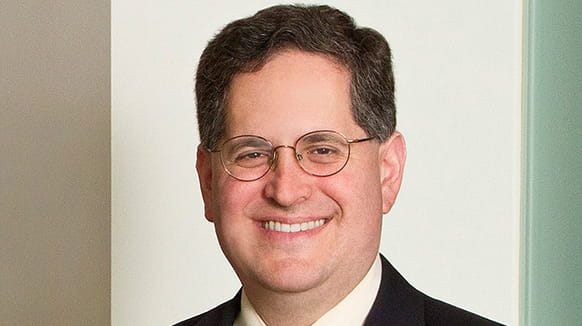View the PDF version of the April 2019 IP Beacon.
Invention by Another – How the Prior Art Status of a Reference Can Be Affected by the Significance of a Joint Inventor’s Contribution to that Reference
At times, a patent owner’s previous patent can be used as a prior art reference against their later filed patents. A reference is prior art under pre-AIA 35 U.S.C. § 102(e) if it was “described in … an application for patent … by another.” A patent is “by another” if it lists a different set of inventors than the patent at issue. In other words, if a patent owner’s previously filed patent lists one inventor that is not listed on their later filed patent, the previously filed patent is “by another” and may qualify as prior art for the later filed patent. This issue was explored further in Duncan Parking Technologies, Inc., v. IPS Group Inc., (Appeal No. 2018-1205, Fed. Cir. Jan. 31., 2019), where the Federal Circuit overturned the PTAB’s finding that portions of the anticipatory reference used in an Inter Partes Review (IPR) proceeding were not by another and therefore did not anticipate the challenged claims.
Read more
U.S. Supreme Court Issues Two Decisions Impacting Copyright Owners in One Day
The Supreme Court recently issued two unanimous copyright decisions – one clarifying when a copyright claimant may file suit and the other defining the limits of “full costs” awards under Section 505 of the Copyright Act. Both have important implications for copyright litigants going forward. In the first case, the Court resolved a long-standing circuit-split by holding that copyright claimants must obtain a registration certificate from the Copyright Office before proceeding with suit – a process which can take several months. In the second, the Court held that the costs recoverable to prevailing copyright claimants are limited to the standard costs recoverable to prevailing parties in federal court litigation, and do not include additional costs such as expert and e-discovery fees.
Read more
No Likelihood of Confusion Found Between I’M SMOKING HOT and SMOKIN’ HOT SHOW TIME Marks
The U.S. Patent and Trademark Office (USPTO) Trademark Trial and Appeal Board (TTAB), in an August 23, 2018, precedential decision, reversed a finding of likelihood of confusion between an application for the mark I’M SMOKING HOT and a cited registration for SMOKIN’ HOT SHOW TIME. Even though the goods covered under both marks were “identical,” the different overall commercial impression and weakness of a common term in the two marks made confusion unlikely. In re FabFitFun, Inc., 127 USPQ2d 1670, 1677 (TTAB 2018).
Read more
Broadening Statements Can Save You During Claim Construction
Many experienced practitioners have come to realize that a fair amount of wordsmithing is required to ensure that an invention is not unduly limited. The Federal Circuit has consistently taken the approach that the intrinsic evidence contained within the patent is most highly regarded during claim construction, to the point where inventor statements characterizing the invention may be irrelevant. In Continental Circuits LLC v. Intel Corp.,(Appeal Number 2018-1076, Fed. Cir. February 8, 2019) (“Continental Circuits”), the Federal Circuit looked at a limitation that was read into the claims by the District Court and found that the exacting requirements to infer a claim limitation was present had not been met.
Read more
Patent Term Adjustment Deductions For Applicant Delay Are Only Appropriate When The Applicant Could Have Taken Steps To Advance Prosecution But Failed To Do So
In Supernus Pharmaceuticals, Inc. v. Iancu, No. 2017-1357 (Fed. Cir. Jan. 23, 2019), the Federal Circuit rejected the U.S. Patent and Trademark Office’s practice of deducting time from the patent term adjustment (PTA) for applicant delays during periods of time when the applicants had no reasonable steps to take to advance prosecution. Slip op. at 19.
Read more
